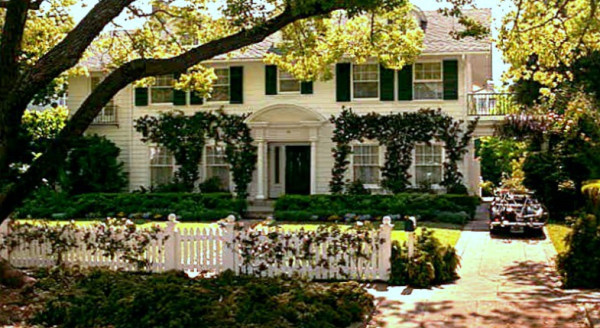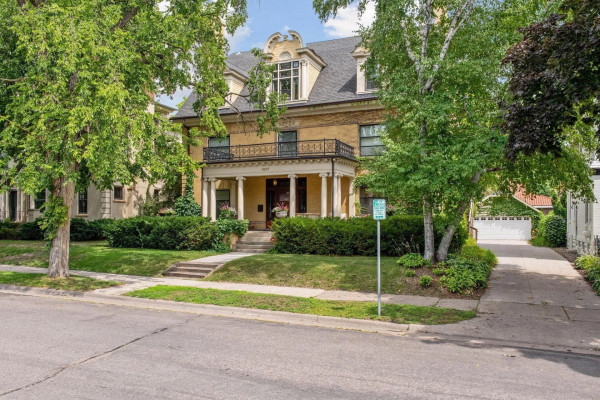How Renovating Historic Properties Benefits You
Historical properties are society’s tangible assets, which hold significant cultural and economic benefits that need to be preserved for future generations.
May 10, 2024

Historical properties are society’s tangible assets, which hold significant cultural and economic benefits that need to be preserved for future generations. Restoring historic buildings enhances their value, and improves return on investment by giving potential buyers hope of fulfilling their potential.
Value
Many old homes created before and during the World War II-era were made with high-quality elements such as valuable hardwoods, ornate features, and copper wiring. The resulting value of these homes and their materials may result in higher profits than their modern counterparts if well maintained. Often referred to as ‘flipping a home,’ a desirable property can be purchased with the intent to renovate and sell it at a premium price. Flipping a home may be a good option when its architectural heritage is preserved while modernizing its safety, convenience, and sustainability components to increase prospective buyers and profit.
Economic Growth
Renovation and preservation of large historical places and properties attract investment and job opportunities for many. Since most historical buildings are converted into museums and government-operated organizations, countless professionals such as historians, construction workers, lawyers, and conservators receive gainful employment doing what they love.
Education
Historical properties are evidence of the past, handed from generation to generation with pride. When these buildings are demolished, we lose a devastating amount of historical knowledge, cultural identity, and invaluable treasures with it. For example, one of the largest and most significant ancient libraries in the world was established between 285-246 BC in Alexandria, Egypt. Referred to as the Library of Alexandria, the library housed between 40,000 – 400,000 scrolls, roughly the equivalent of 100,000 books. Considered the hub of knowledge and learning, the library employed over 100 influential scholars at the height of its success during the third and second centuries BC. The library’s structural integrity dwindled during the Roman era due to a lack of funding and support and was fully destroyed by an imperial counterattack between 270 – 275 AD. As a result of this incident, many countries lost a vast amount of their history related to the events, culture, and people of different eras. Can you imagine how catastrophic it would be losing our beloved Egyptian Pyramids, Parisian Eiffel Tower, or Indian Taj Mahal?
History and Culture
Once a historic property is destroyed, we can never get it back. Owners often sell or destroy historical properties due to high maintenance costs or economic pressures, selling them at below-market costs. Preserving historical neighborhoods culturally enriches society by educating us about the past and boosting tourism by providing visitors with a taste of a location’s unique land and architectural history. Understanding that historical building restorations are easier said than done, some proactive zoning requirement research, planning, and strategy offers limitless opportunities for success.

From Vanderbilt Estate to Jumbolair: The Fascinating Journey of a Celebrity Fly-in Oasis
Discover the captivating transformation of Jumbolair: from Vanderbilt Estate to celebrity fly-in oasis. Explore the allure of exotic animals, star residents, and the nation's longest private runway. Unveil the secrets of luxury living and aviation passion in this thrilling article!

The Iconic Father of the Bride House and Its Real History
The 1991 movie Father of the Bride is known for many things, but none stand out more than the Banks' house. Come with us to explore the real life history of the home!

Deed Records, Assessor Records, Census Records, and City Directories: How Each Helps You Uncover a Home’s Previous Homeowners
Want to trace your home's past? Learn how deed records, assessor records, census data, and city directories work together to reveal former homeowners and residents.

The Story of 1807 Dupont Avenue South: A Minneapolis Queen Anne With 120 Years of History
Step inside 1807 Dupont Avenue South, a historic Queen Anne home in Minneapolis. From three generations of the Jamieson family to a modern restoration, this house has seen it all.